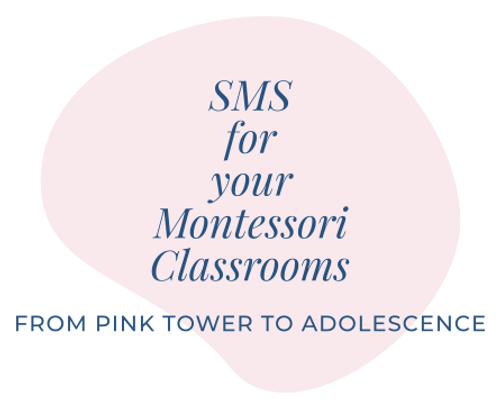Is Your Montessori Secondary Enrollment Dropping? It Might be a Design Issue...
- Anne Slamkowski
- Apr 15
- 3 min read
Updated: May 1

Montessori elementary programs are often vibrant, joyful spaces full of curious, engaged learners. Families love the mixed-age classrooms, hands-on materials, and the growing independence that Montessori nurtures. But for many schools, something shifts around sixth grade.
Middle school enrollment begins to drop—and often, schools assume it's just a marketing problem.
The truth is, it’s rarely about visibility alone. More often, it’s a program design issue.
Families don’t leave Montessori because they’re unhappy with what came before. They leave because they’re uncertain about what comes next.
And that uncertainty creates hesitation, especially during a pivotal stage of development.
Why Families Walk Away from Montessori at Adolescence
If your school has watched families exit at the end of elementary, here are the most common reasons:
Lack of clarity or confidence in academic rigor: Parents worry that Montessori secondary may not prepare their child for high school, college, or traditional assessments. Without clear academic structures and outcomes, they lose trust.
Uncertainty about outcomes: Families want to know what happens after middle school. How do Montessori students transition to other schools? What do graduates go on to do? If schools can’t answer those questions, families start to look elsewhere.
Insufficient communication: Sometimes the value of Montessori adolescence is clear to guides and administrators, but not to parents. If we don’t clearly communicate what secondary Montessori looks like—and why it works—families feel left in the dark.
Behavioral or social-emotional concerns: Adolescents bring intensity and energy to the classroom. If the environment feels chaotic or inconsistent, families question whether it can support their child’s growth.
Staff inconsistency or turnover: Adolescent programs thrive with consistent, credentialed, developmentally attuned guides. When schools struggle to staff their programs, families notice—and lose confidence.
Tuition versus perceived value: If the middle school experience doesn’t feel different from traditional school—or doesn’t clearly connect to long-term success—families may question whether the cost is justified.
Desire for specialized programming: Families may leave for larger schools that offer athletics, AP classes, or tech-based electives unless they see that Montessori provides an equally powerful (but different) experience—one rooted in relevance, independence, and voice.
Need to transition into a conventional system: For some families, the decision to leave is logistical. If your school doesn’t offer a high school program, parents may feel pressure to move their child into public school in 6th or 7th grade to help them “adjust” to a more traditional model. Without support and transition planning, this becomes a key exit point—even if the family loves Montessori.
Good News: Design Is the Opportunity
This isn't a dead end. It’s a moment of possibility.
Strong program design is the most effective retention strategy Montessori schools have. A thoughtfully prepared adolescent environment communicates to students and families that their needs are understood—and met with intention.
If you’re launching, refining, or growing a Montessori secondary program, start by asking:
Are we aligned with the developmental needs of adolescents?
Is our curriculum interdisciplinary, relevant, and grounded in real-world application?
Are our guides trained to facilitate adolescent growth—not just deliver content?
Have we taken the time to educate our parent community about the structure, purpose, and outcomes of Montessori Secondary?
The answer to retention isn’t just a better brochure. It’s a better program.
Designing for What Adolescents Deserve
Montessori secondary works—when it’s built with purpose, consistency, and community understanding.
When families see clear structure, developmental alignment, strong leadership, and meaningful outcomes, they stay. Students thrive. Teachers grow. Communities flourish.
If you’re seeing enrollment drop, don’t panic. Pause. Reflect. Revisit your vision—and redesign from a place of strength.
Need help? I work with schools across the country to build strong, sustainable Montessori adolescent programs that reflect both the needs of the third plane and the realities of public and private school communities.
Let’s make your middle school a place families want to grow into—not out of.




Comments